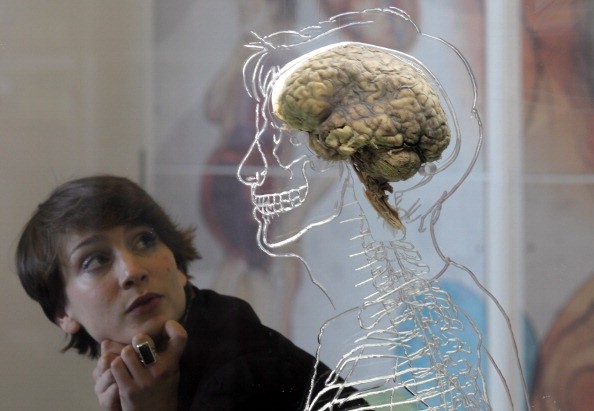Computer brains via chips that may mimic the electric impulses it brings are under development, and a team composed of a multi-institutional collaboration brought its research to prove it possible with modern technology. A so-called "neuromorphic" circuitry brings a new function for the computer chips that may replicate brain activity.
The research aims to show that it is possible with technology, and it seeks to bring a new advancement to computers that mimics grey matter.
Computer Brains? Chip Mimics Brain Function Through Electricity

According to SciTechDaily, a research that involved many academics in its study is now using the brain function's main factors that power it for its application on computers via the chips they developed. Sending electric impulses from the "computer brain," a.k.a. its CPU processors, may help a new breed of computers coming to the world.
The research entitled "Reconfigurable perovskite nickelate electronics for artificial intelligence" aims to discover that same function and apply it to computer chips that take its inspiration from the human brain.
According to Subramanian Sankaranarayanan, co-author of the study, the team developed a way for the computer chips that may reconfigure their circuits when learning new things from their use.
Multi-Institutional Collaboration for Computer Chips
The research is under the multi-institutional collaboration by the United States Department of Energy and Argonne National Laboratory, led by researchers from Purdue University.
The effort is to recreate the brain's learning function for a computer and use it for further advancement in different studies, using the artificial intelligence it developed based on the computer chips.
The Human Brain and its Wonders
The human brain is complex, and it still baffles researchers, academics, and scientists worldwide regarding the many functions and features it brings for everyone that is still a comprehensive study for all. An AI was previously developed called "Liquid AI" that aims to mimic what the brain does and replicates its learning process like it is the real thing.
Brain activity is a wondrous function in the human body as it transmits signals through electric impulses that rapidly connect with many nerves and other body parts for operation and actions. Several studies aim to understand more of its activity, and another research focused on an fMRI scanner to investigate a person's hand and brain function.
Researchers have focused on the brain many times now, and it currently aims to replicate how it works and its signal transmission through electric impulses to be applied to computers via the chips. The joint collaboration brought together world scholars to prove its studies and learn more about the complex happenings inside a person's mind for computer hardware.
Read also: Elon Musk Announced Humanoid Robot Commercialization in 2023: Brain and Personality Download
This article is owned by TechTimes
Written by Isaiah Richard
![Apple Watch Series 10 [GPS 42mm]](https://d.techtimes.com/en/full/453899/apple-watch-series-10-gps-42mm.jpg?w=184&h=103&f=9fb3c2ea2db928c663d1d2eadbcb3e52)



